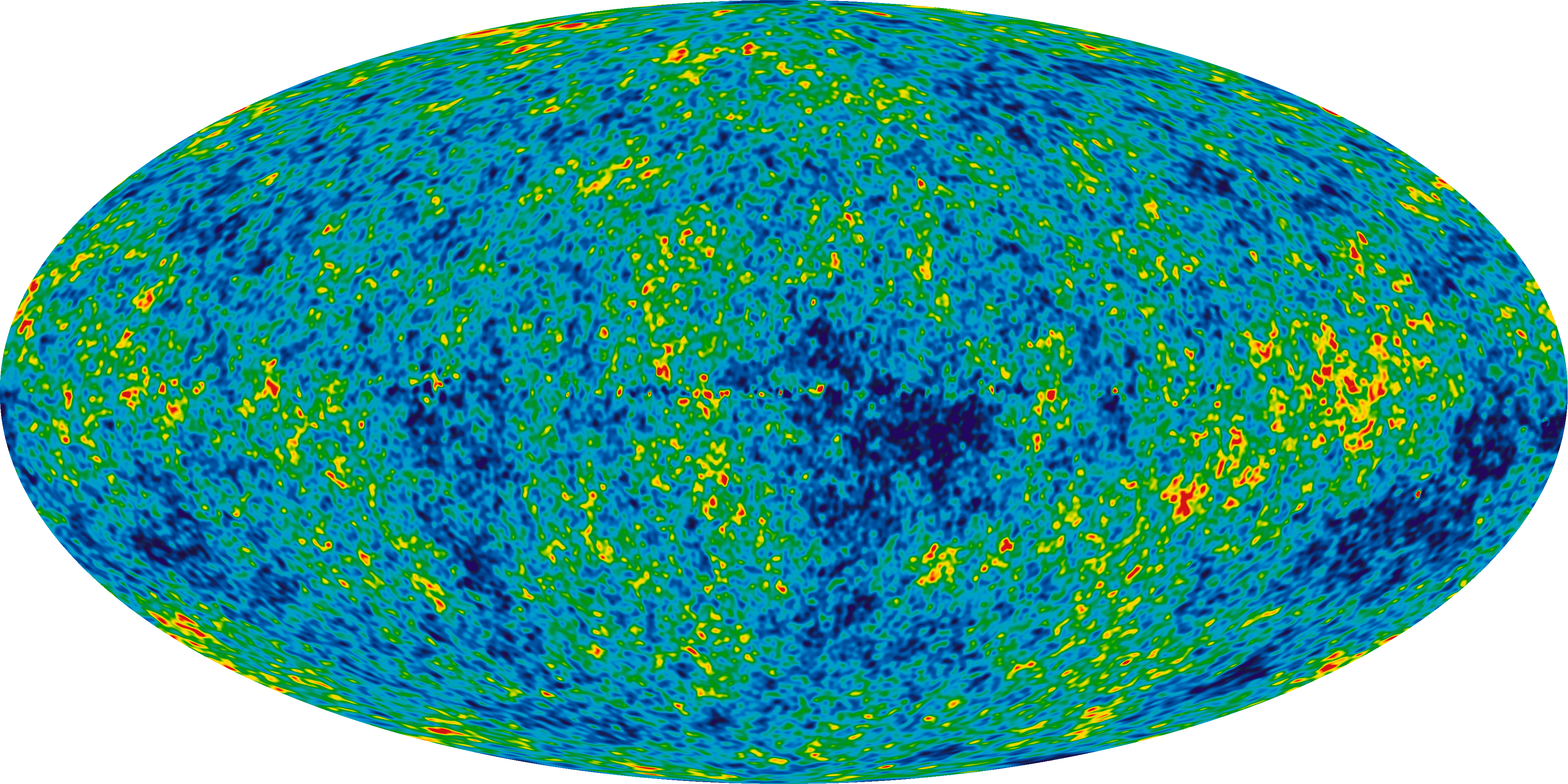The Expanding Universe: A Journey Through a Living Cosmos
Let me take you on a journey—not across continents or oceans, but across the fabric of space itself. Imagine for a moment the night sky above you. The stars twinkle, planets glide slowly, and the Moon waxes and wanes. All seems calm. And yet, the universe, on its grandest scales, is doing something utterly astonishing: it’s expanding.
If that surprises you, you’re not alone. Even a century ago, the idea that the cosmos could be expanding would’ve sounded preposterous. But science thrives on such surprises. And the story it tells us is more beautiful than fiction.
How We Discovered the Expansion: A Telltale Shift in Light

spectrum showing redshifted light from a distant galaxy: Light from distant galaxies stretched towards red wavelengths due to expansion
Image Source: https://www.stsci.edu/contents/media/images/4195-Image
Let’s travel back to the 1920s. Astronomers began peering deeper into the universe and realized that those fuzzy “nebulae” were actually entire galaxies, each brimming with billions of stars. But when Edwin Hubble observed them closely, he noticed something strange: their light was stretched, shifted toward the red end of the spectrum.
This “redshift” wasn’t a random phenomenon. It was a cosmic clue, indicating that galaxies were moving away from us. And not just drifting—they were flying apart, with those farther away receding faster. This wasn’t a coincidence.
Thus, emerged Hubble’s Law:
V = Ho × d
Velocity equals the Hubble constant times the distance. Elegant. Astonishing. Revolutionary.
What’s Actually Expanding?

Galaxies on a balloon surface moving apart as the balloon expands.
It’s natural to imagine galaxies rushing through space like cars on a highway. But that’s not quite right. Galaxies aren’t moving through space—they’re being pulled apart because space itself is stretching.
Imagine a balloon with dots on its surface. As the balloon inflates, the dots move away from one another—not because they’re moving, but because the surface itself is growing. That’s our universe. The fabric of space-time is expanding, and galaxies are just along for the ride.
Rewinding the Clock: The Big Bang

Timeline of the universe from the Big Bang to present
Image Source: https://en.wikipedia.org/wiki/Big_Bang
Now imagine hitting “rewind” on the cosmic tape. As we trace galaxies back in time, they grow closer, packed tighter, hotter, denser—until we reach a moment of unimaginable compression. This is the Big Bang—not an explosion in space, but the creation of space and time themselves.
And we’ve found direct evidence of it: the Cosmic Microwave Background (CMB). This faint, omnipresent glow is the residual heat from that first brilliant flash, released about 13.8 billion years after the Big Bang when the universe finally cooled enough for atoms to form.

The Cosmic Microwave Background is the faded whisper of the universe’s first light, still echoing across the fabric of space and time.
The Twist: It’s Accelerating
Gravity should slow the expansion down, right? That’s what scientists expected. But the universe had other plans. In the late 1990s, astronomers studying distant Type Ia supernovae discovered something baffling: the expansion was speeding up.
Enter dark energy—a mysterious, pervasive force that seems to counteract gravity. It’s not a type of matter or conventional energy, but it makes up about 68% of the universe. Its nature? Still a mystery. But its effects are unmistakable.
What Does the Future Hold?
So what becomes of a universe that won’t stop stretching?
- In the Big Freeze, expansion continues forever, stars burn out, and the cosmos fades into cold darkness.
- In the more catastrophic Big Rip, dark energy grows stronger, tearing galaxies, stars, and even atoms apart.
- The Big Crunch, once a favoured theory, where expansion reverses into collapse, now seems less likely.
Our best models favour a cold, quiet future—but the story isn’t over. Dark energy might evolve. Surprises await.
Why This Matters
Because this isn’t just some abstract tale—it’s your story. Every atom in your body was born from ancient stars in a universe that emerged from nothing, evolved, and is still growing.
To understand cosmic expansion is to grasp something fundamental about who we are, where we come from, and where everything is headed.
It’s a reminder that in a universe 13.8 billion years old and 93 billion light-years wide, you’re not insignificant—you’re a participant in the grandest of dramas.
Sources and References
- Hubble, E. (1929). A Relation between Distance and Radial Velocity among Extra-Galactic Nebulae. Proceedings of the National Academy of Sciences, 15(3), 168–173.
- Riess, A. G., et al. (1998). Observational Evidence from Supernovae for an Accelerating Universe. Astronomical Journal, 116(3), 1009–1038.
- Planck Collaboration. (2018). Planck 2018 results. VI. Cosmological parameters. Astronomy & Astrophysics, 641, A6.
- Penzias, A. A., & Wilson, R. W. (1965). A Measurement of Excess Antenna Temperature at 4080 Mc/s. Astrophysical Journal, 142, 419–421.
- Peebles, P. J. E., & Ratra, B. (2003). The cosmological constant and dark energy. Reviews of Modern Physics, 75(2), 559–606.






